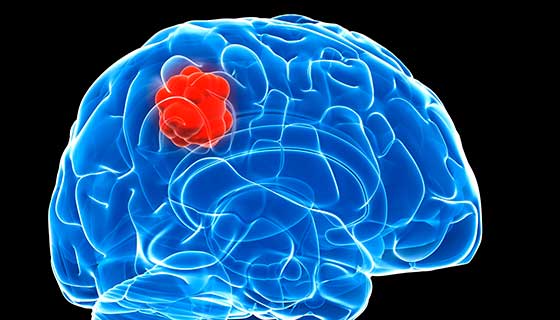Glioblastoma Brain Tumor: Understanding the Diagnosis and Treatment Options
3 min read
Glioblastoma Brain Tumor
The diagnosis of cancer can be a challenging and life-changing experience. For those diagnosed with a glioblastoma brain tumor, the journey ahead can be even more challenging. Glioblastoma is one of the most aggressive and deadly forms of brain cancer, and those who are affected by it face an uphill battle in the fight for survival.
The mere mention of glioblastoma brain tumor is enough to strike fear into the hearts of patients and their loved ones. In this article, we will explore the causes, types, diagnosis, and treatment options for glioblastoma brain tumors, as well as offer some tips on living with this condition.
Understanding Glioblastoma Brain Tumors
Glioblastoma brain tumors arise from the supportive tissue of the brain. These tumors grow and invade surrounding healthy brain tissue, causing damage and neurological symptoms. Aglioblastoma brain tumorcan develop in any part of the brain or spinal cord, often fast-growing and aggressive.
The exact cause of glioblastoma brain tumors is unknown, but researchers believe genetic mutations and environmental factors may play a role. There are two types of glioblastoma brain tumors:
- Primary glioblastoma brain tumors: These are the most common type and develop rapidly without any known cause.
- Secondary glioblastoma brain tumors: These are less common and develop from a lower-grade glioma that has progressed over time.
Glioblastoma brain tumors are graded based on their appearance under a microscope, with grade IV tumors being the most aggressive and challenging to treat.
Diagnosing Glioblastoma Brain Tumors
Diagnosing a glioblastoma brain tumor involves a combination of imaging tests and biopsy procedures. The following methods are used to diagnose glioblastoma brain tumors:
- Magnetic Resonance Imaging (MRI): This is a non-invasive imaging test that uses powerful magnets and radio waves to create detailed images of the brain.
- Computed Tomography (CT) scan: It is an imaging test that uses X-rays to create detailed brain images.
- Biopsy: This is a surgical procedure that involves removing a small sample of tissue from the brain to be examined under a microscope.
Treatment Options for Glioblastoma Brain Tumors
Glioblastoma brain tumors are treated with surgery, radiation therapy, and chemotherapy. The following treatment options are available for a glioblastoma brain tumor:
- Surgery: This involves removing as much of the tumor as possible. This may include debulking the tumor or removing it completely.
- Radiation therapy: This type uses high-energy radiation to kill cancer cells and shrink tumors.
- Chemotherapy: It involves using drugs to kill cancer cells. Chemotherapy may be given orally or intravenously.
Living with Glioblastoma Brain Tumors
Living with glioblastoma brain tumors can be challenging. It’s essential to work closely with a healthcare team to manage symptoms and receive appropriate treatment.
Support groups and counseling services can provide emotional support for patients and their loved ones. Some tips for living with a glioblastoma brain tumor include:
- Staying physically active as much as possible
- Eating a healthy and balanced diet
- Getting enough rest and sleep
- Participating in activities that bring joy and fulfillment
- Seeking support from loved ones and healthcare professionals
Conclusion
Glioblastoma brain tumors are a severe and challenging type of cancer. However, with appropriate treatment and support, it is possible to manage symptoms and maintain a good quality of life. If you or a loved one has been diagnosed with a glioblastoma brain tumor, it’s essential to work closely with a healthcare team to receive the best possible care.







